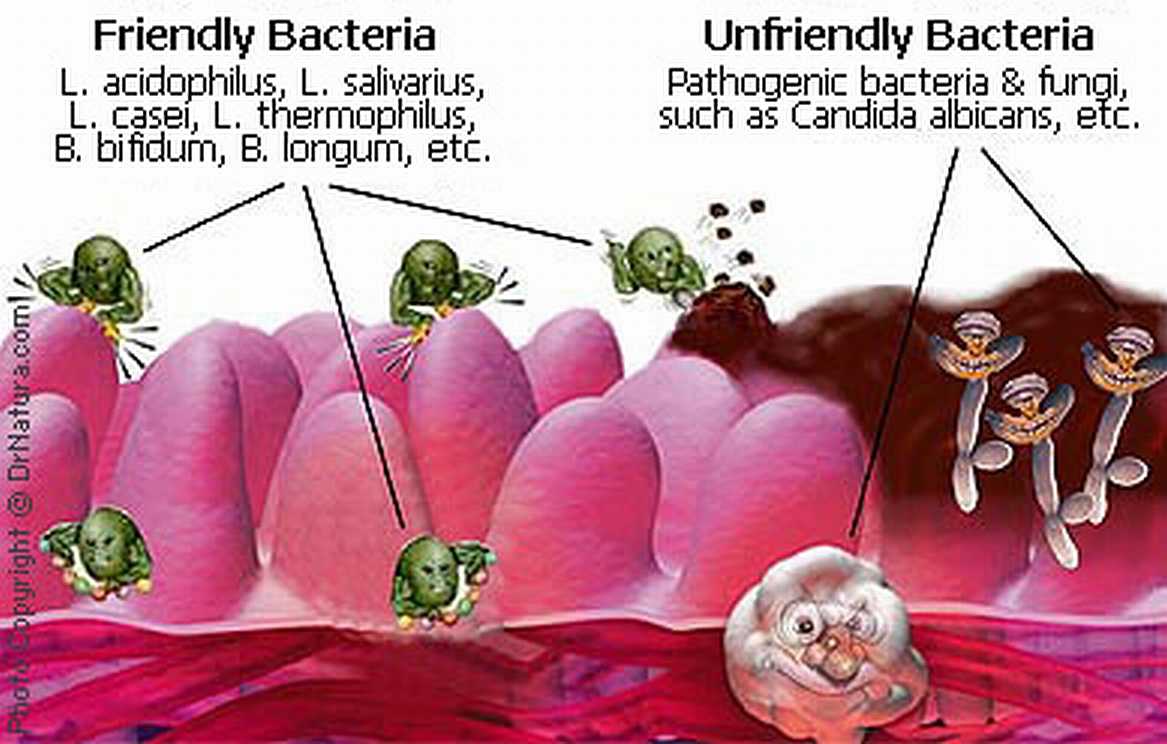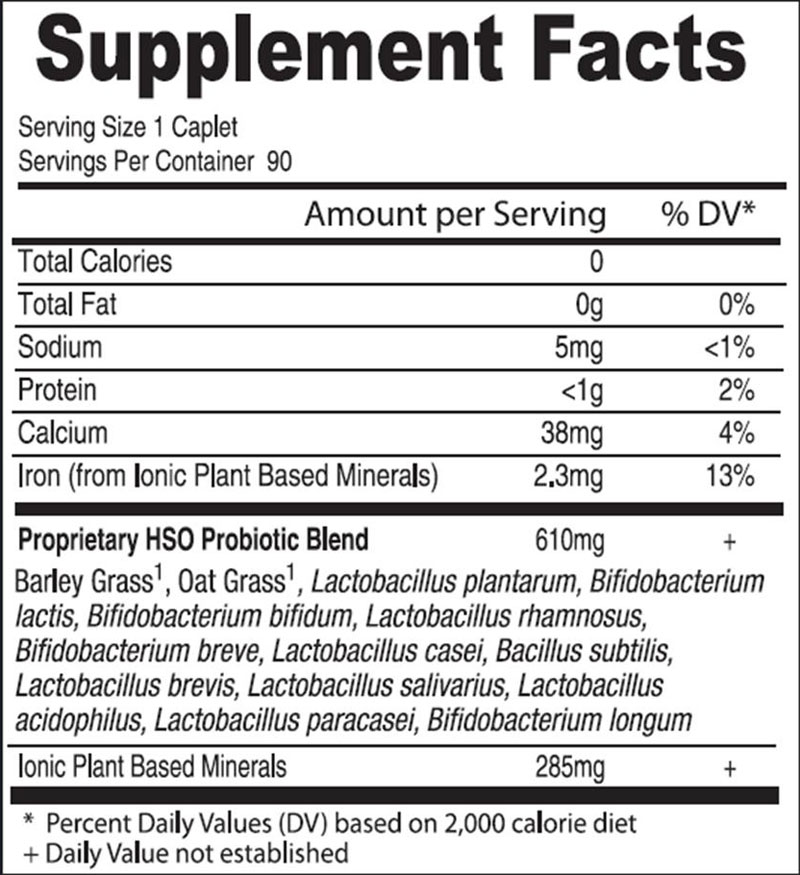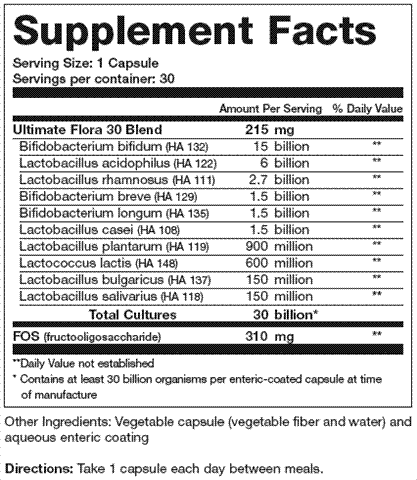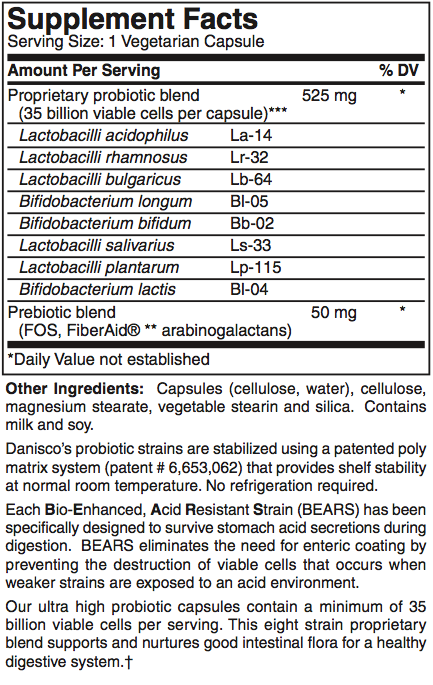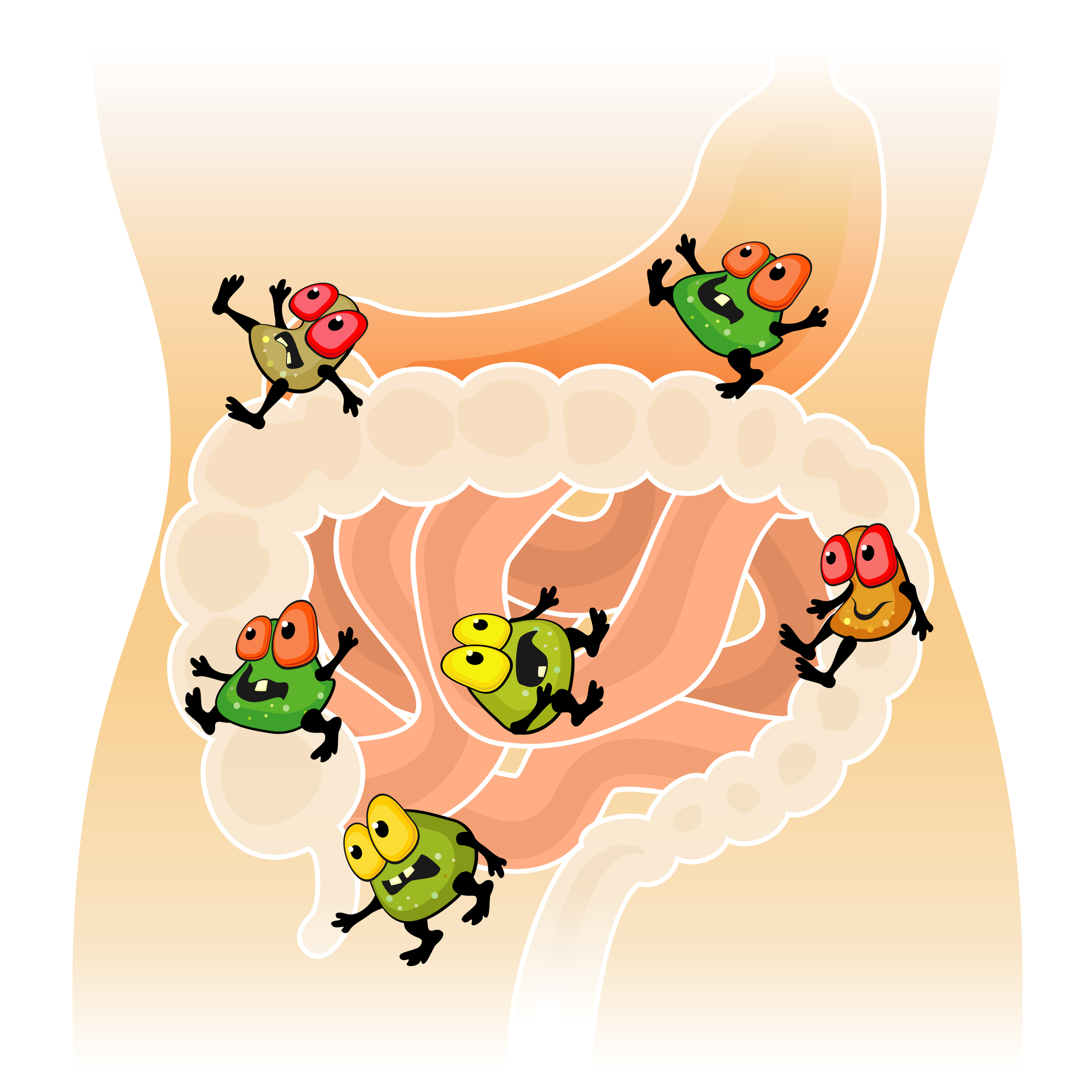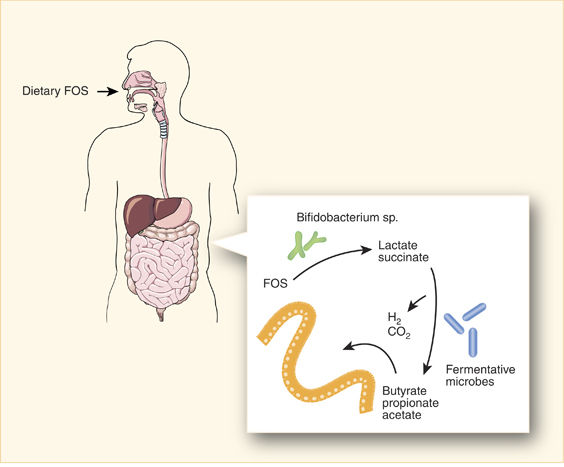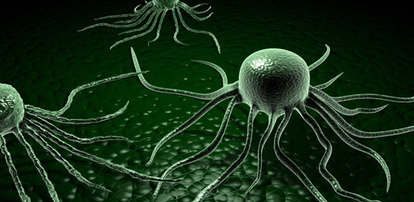Building Health from the Right End
 Sunday, March 21, 2010 at 8:47AM
Sunday, March 21, 2010 at 8:47AM See the next article for PROBIOTICS. Don't forget about Prebiotics.
Many people simply start a health program from the wrong end. It's as important how things come out rather then just what goes in. Good nutrients if left in the intestinal tract too long begin to change into not so desirable elements. Also, and quite critical, is what type of bacteria they promote in this undesirable form.**
First Concept: PROPER ELIMINATION 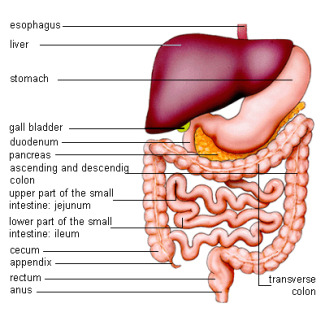
Here we are talking about fecal material transit time, frequency, consistency, shape (size, diameter and length), color somewhat, and smell. Did anyone ever tell you about the proper characteristics? Should they float or sink? What does it represent if they are hard round balls smashed together, or separated like marbles? Should you have to push holding your breath to get it out, or should it just flow out without much effort? Just what is the proper consistency for a normal healthy intestinal tract?
It's not an easy topic to talk about but one that has far reaching ramifications for health. Most people are too eager to reach for a laxative when bowels get sluggish. Many people get addicted to them. Before that happens, there is another way using diet, liquids, and exercise that works better, although not quite as fast. This rightway protects the intestinal tract from long term damage. Let's quickly look at how the intestinal tract system functions so you will be able to see how and where disastrous consequences develop over time from the overuse of laxatives.
- After chewing to break up food size, Mouth enzymes begin breakdown of certain foods
- After swallowing, Esophagus carries food to stomach pass heart, lungs, and diaphragm
- Stomach acids breakdown proteins.
- Completely digested proteins and partially digested other food elements enter into upper small intestine where added bile acids digest fats.
- Middle section of small intestines gets pancreatic enzymes to finish breakdown of carbohydrates and begin absorption process for all nutrients.
- Last section of intestines cleans up left overs and sends now completely broken down nutrients to the liver for processing.
- There is a constant pulsating muscular action that continuously runs in waves the length of the small intestines which moves food elements and fibers mixed with growing "probioitic" bacteria** through the intestinal channel.
- These friendly bacteria are involved in the digestion process as well as in immune functions, (ref) plus they also make some vitamins for the body, i.e. vitamin K and some B vitamins.
- Some Bacteria are literally part of our FOOD.
- The remaining materials, mostly fibers, after the intestinal tract has absorbed out what it could from the food, empties into the 6 foot long colon.
- In the colon, water is withdrawn from this material if the body needs it before elimination.
- Extra nutrients such as calcium could also be pulled out here if blood levels are still low by action of vitamin D.
- Enough fluids and fibers need to be consumed to supply both the body needs and to keep the fecal material soft enough to respond to the peristaltic wave like movements and move through the intestinal tract at the proper speed.
- Proper movement of food material through the digestive channel is governed by these 4 factors.
- Muscle action from body movement, includes movement of diaphragm from laughing, singing, crying, and crawling, etc
- Sufficient fibers both soluble and insoluble for this muscle action to have something in the intestines and colon to push along
- Fluids including water to keep the material flowing and to create solutions for the mixing of the enzymes and other digestive and food material.
- A relaxed, controlled, and calm mind to prevent stress from hindering rhythmic muscle action of alternating contraction and relaxation to achieve and maintain the wave like motion throughout the digestive tract, plus to also maintain the proper secretion amounts of digestive juices.
There are two kinds of laxatives. One that simply supplies fibers missing from low fiber food choices which still needs the above actions for proper function. The other type includes an ingredient that the body views as toxic which speeds up the peristaltic muscle wave action to quickly expel out the irritant. This action if it occurs too often will begin to breakdown the natural actions of the intestinal tract.
This irritant type will especially damage the sytem if the element acts as a neurotoxin to accomplish this laxative result. This short circuits the nerve cells which are plentiful in participating in the digestive and peristalsis process. Once the nerve cells are damaged, the continual use of laxatives becomes less effective over time, the peristaltic muscles reduce function and actions, the wrong bacteria take over and irritable bowel syndrome is full blown. Uncontrollable and intermittent diarrhea and constipation result
You do not want to hinder mother nature's perfect plan. Do not fool yourself by thinking natural laxatives are any safer, senna is also a mild neurotoxin. Be sure to consume more natural high fiber foods such as whole grains, beans, with vegetables and fruits. Milk, white flour, and meats have almost no fiber.
A few lifestyle changes and diet modifications now will keep your elimination in tip top shape for the rest of your life.
Notice: Some people may have genetic quarks in their diegestive system that make proper elimination difficult. Only after all natural processes are tried and maintained without results should laxatives or drugs be used with medical supervision.
**SEAL THE DEAL PROBIOITCS
This tidbit of info might help cement the concept. Cattle raised in pasture eating grass and hay produce little e-coli bacteria. But, when they eat grains in the feedlots, e-coli production runs rampant, sometimes increasing over 1000%. Is it any wonder there are now so many disease outbreaks from meat contamination? Grains cause a different set of bacteria to grow dominate that does not produce as much omega 3 and CLA in meat. There is a process where cattle are feed a pasture type diet just before processing to lower their e-coli content, but this also somewhat lowers their weight. This process is called back-grounding. You now know why feedlot cattle have to be given so many antibiotics. Does this bacterial change also occur in humans?
Yes, it does. This should seal the deal. At the University of California, Davis, Scientists discovered that a strain of bacteria, Bifidobacterium Longum subsp. Infantis, that historically dominated the intestinal tract of infants, is rapidly disappearing in the developed Western world while it is still dominantly found in infants living in non-industrialized areas of the world. Evidently, many modern dietary and medical practices are changing the type of bacteria that dominates. Here are possible causes; antibiotics, cesarean births, excessive sanitation, and use of infant formulas over breast milk. Today, less than 10% of infants born in the western world exhibit this valuable bacterium in their intestinal tracts. ref
SIDEBAR: Formulas today are being improved to include this bacteria strain as well as prebiotics like GOS and FOS that feed them.
Another scientific researcher group also discovered this situation from a rather unique paradox of breast milk. They wanted to know why breast milk contains a nutrient that infants are not able to digest at this stage in their intestinal tract development. It turns out that this nutrient, oligosaccharides, is not for the infant, but rather it is to feed the growth of bifidobacterium including B.Infantis. ref ref These bacteria then are able to turn the oligosaccharides into nutritional forms that the infant can digest and needs to develop a healthy system. When B. infantis dominates, the infant and later child develop a stronger immune system. This action reduces the possibility of future infections and diseases from pathogenic bacteria, the tendency for allergies, and prevents obesity and may even limit type 1 diabetes.
The researchers are looking to study if B. Infantis added during the first year or two of life will give infants better health in the future with reductions of colic, allergies, asthma, obesity, diabetes, heart disease and even certain cancers might be related. Since the process of disappearing presence of B. Infantis has been working for so long, even Mothers are now deficient, so both Mom and Baby could benefit from supplements of B. Infantis plus oligosaccharides, whether or not breast feeding is an option.
CAUTION: The use of probiotics in infants is not without some potential problems. Tested coded strains are needed to verify benefits and limit any possible detrimental actions. Non-coded strains should not be used. Coded strains list a number or letter code after the strain name in the ingredient box on labels. Plus, there could be dosage limits that need to be respected. This is still very early in the game. More is not necessarily better for probiotic actions. And prebiotics often play beneficial roles even without added probiotics. ref The above reports show the situation, but the remedy is not always cut and dried. The Precautionary Principle is always in play. What is pretty obvious is that Western culture is definitely showing itself to not be that healthy without implementing protective knowledge to overcome shortcomings.
This next study, although very small and just an observation of young mothers self-administering probiotics to their newborn children, not very scientific, does highlight that more knowledge is needed before correct protocols are in place. If nothing else, this little study highlights that not just any probiotic formula will work. Obviously, young mothers were not aware that the bacterium found most valuable for infants was missing in the Brands mentioned, namely B. Longum subsp. infantis. But the surrounding article does give good information. ref
Plus, there are probably other factors that influence what bacteria types dominate the intestinal tract of newborns. ref More research is needed. The next article has extra information.
